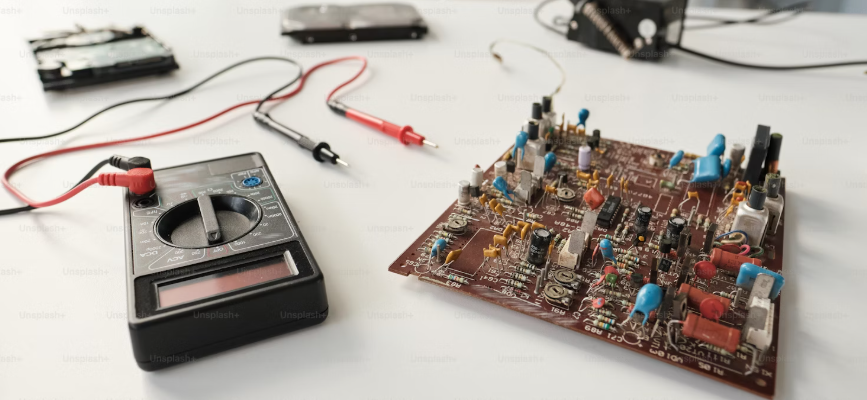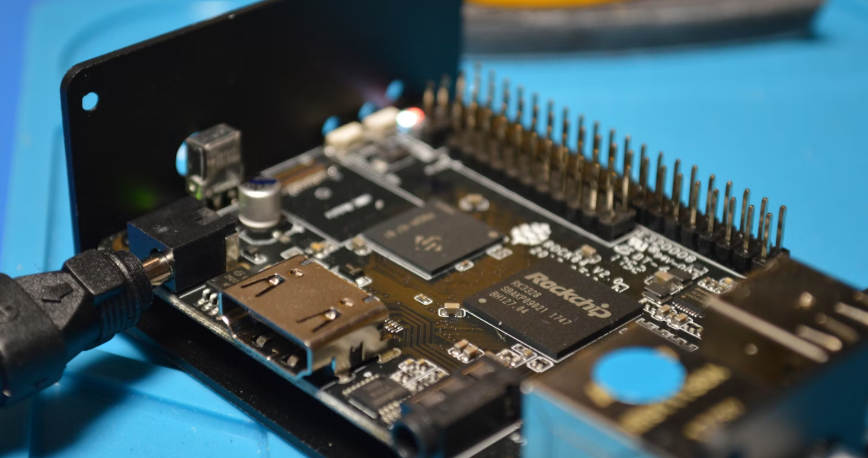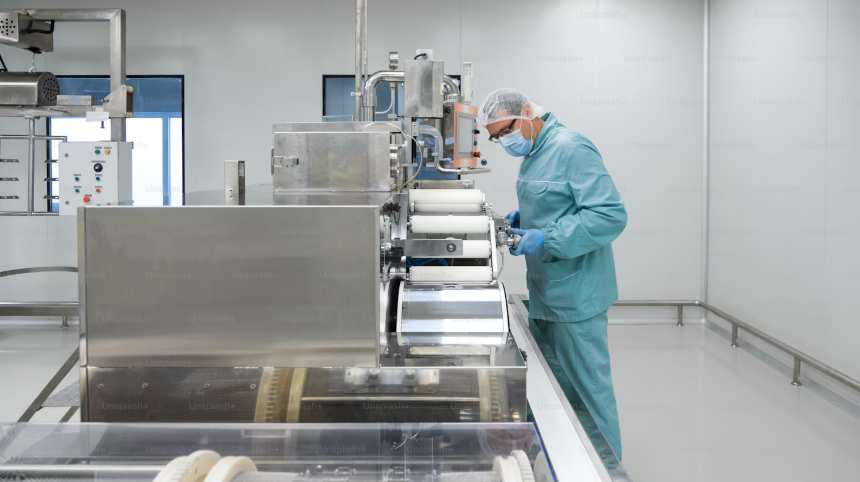Hardware product development is a challenging yet rewarding journey, especially in the MedTech space. From initial ideation to regulatory approval and scaling for production, each step requires a meticulous approach to ensure the product meets industry standards and improves patient outcomes.
Table of Contents
This comprehensive guide will walk MedTech startups through the step-by-step process of hardware product development, sharing actionable insights and best practices to bring your medical device to life.
What Is Hardware Product Development in MedTech?
Hardware product development in MedTech refers to designing, prototyping, testing, and manufacturing medical devices. These devices can range from wearable monitors to complex diagnostic tools. The process integrates engineering, design, clinical validation, and regulatory compliance to deliver devices that meet both user needs and healthcare regulations.
1. Ideation and Market Research
The first step in hardware product development is to identify a pressing medical need and understand the target market.
Key Actions
- Identify Unmet Needs: Collaborate with clinicians, patients, and healthcare providers to uncover gaps in current solutions.
- Conduct Market Research: Analyze trends, competitors, and potential customers.
- Define Product Vision: Articulate what problem your device solves and its value proposition.
Pro Tip: Use ethnographic research to observe healthcare workflows and identify unspoken pain points.
2. Concept Development
Turn your initial idea into a concrete concept by exploring design possibilities and technical feasibility.
Key Actions
- Sketch Initial Designs: Create rough sketches or CAD models to visualize the device.
- Define Technical Requirements: Outline key specifications, including size, weight, materials, and functionality.
- Validate Feasibility: Conduct preliminary engineering assessments to ensure the concept is achievable.
Pro Tip: Collaborate with a multidisciplinary team to incorporate perspectives from engineering, design, and clinical expertise.

3. Prototyping
Prototyping allows you to test and refine your ideas before committing to full-scale development.
Types of Prototypes
- Proof-of-Concept: Demonstrates feasibility without focusing on aesthetics.
- Functional Prototype: Includes working components to validate performance.
- Visual Prototype: Highlights the design and form factor.
Key Actions
- Use 3D printing for rapid prototyping and cost efficiency.
- Test early prototypes with stakeholders to gather feedback.
- Iterate quickly to address usability and technical issues.
Pro Tip: Develop multiple prototypes to test different aspects, such as ergonomics and functionality, simultaneously.
4. Design and Engineering
Once the concept is validated, move to detailed design and engineering, focusing on manufacturability and compliance.
Key Actions
- Design for Manufacturability (DFM): Optimize the design for mass production.
- Perform Risk Analysis: Use ISO 14971 standards to identify and mitigate risks.
- Select Materials: Choose biocompatible, durable, and cost-effective materials.
- Develop Firmware: If your device includes embedded systems, prioritize modular and secure software architecture.
Pro Tip: Collaborate with a contract manufacturer early to align on design and production capabilities.
5. Testing and Validation
Thorough testing ensures the device performs reliably and meets regulatory requirements.
Types of Testing
- Functional Testing: Confirms the device operates as intended.
- Environmental Testing: Ensures durability under various conditions, such as temperature and humidity.
- Biocompatibility Testing: Verifies safety for patient-facing components (ISO 10993 compliance).
Key Actions
- Develop detailed test plans to cover all scenarios.
- Use clinical simulation labs to validate usability with healthcare professionals.
- Document all testing activities for regulatory submissions.
Pro Tip: Conduct iterative testing cycles to identify issues early and avoid costly redesigns.
6. Regulatory Compliance
Regulatory compliance is a non-negotiable step in MedTech hardware product development. It ensures your device meets safety, efficacy, and quality standards.
Key Actions
- Classify Your Device: Determine its classification (e.g., Class I, II, III in the U.S.).
- Adopt ISO Standards: Implement ISO 13485 for quality management systems.
- Prepare Regulatory Submissions: Compile a comprehensive design history file (DHF) and risk management file.
- Conduct Clinical Trials: Provide evidence of safety and effectiveness.
Pro Tip: Engage with regulatory consultants to streamline submission processes and navigate regional requirements.
7. Pilot Manufacturing
Before scaling production, pilot manufacturing helps identify inefficiencies and ensure quality.
Key Actions
- Produce a small batch of devices for further testing and validation.
- Optimize assembly lines to minimize waste and improve throughput.
- Conduct thorough quality checks on the pilot batch.
Pro Tip: Use pilot production data to refine processes and finalize production specifications.
8. Scaling for Production
Once the pilot run is successful, scale your manufacturing process to meet market demand.
Key Actions
- Establish Supplier Relationships: Secure reliable sources for critical components.
- Automate Production: Use automation to improve consistency and reduce costs.
- Implement Quality Control: Maintain rigorous inspections to ensure each device meets standards.
Pro Tip: Use IoT-enabled equipment for real-time monitoring of production efficiency and quality.
9. Launch and Commercialization
Bringing your product to market requires a strong launch strategy and robust support systems.
Key Actions
- Develop Marketing Materials: Highlight the device’s benefits to clinicians, hospitals, and patients.
- Train Sales Teams: Ensure they understand the product’s technical and clinical value.
- Establish Post-Market Surveillance: Monitor device performance and gather user feedback for continuous improvement.
Pro Tip: Collaborate with key opinion leaders (KOLs) to build trust and credibility in the market.
10. Continuous Improvement
The hardware product development journey doesn’t end at launch. Continuous improvement is vital to maintain a competitive edge.
Key Actions
- Use post-market data to refine device design and address emerging needs.
- Monitor regulatory updates to ensure ongoing compliance.
- Plan for next-generation versions to stay ahead of competitors.
Pro Tip: Establish a feedback loop with end-users to identify areas for enhancement.
Common Pitfalls in MedTech Hardware Product Development
- Inadequate User Research: Neglecting user needs leads to devices that fail to gain adoption.
- Skipping Early Prototyping: Waiting too long to prototype increases the risk of costly design changes later.
- Underestimating Regulatory Complexity: Missteps in compliance can delay market entry.
- Scaling Too Quickly: Rushing into mass production without adequate testing results in quality issues.
Conclusion
Hardware product development for MedTech startups is a rigorous yet rewarding process. By following this step-by-step approach, startups can navigate challenges effectively, ensuring their devices meet clinical needs, regulatory standards, and market demands. From ideation to continuous improvement, each phase is an opportunity to refine your device and make a meaningful impact in healthcare.
For a deeper dive into medical device engineering and its role in commercialization, check out this comprehensive guide on optical medical device development. It explores practical strategies to bring innovative devices to market effectively.
Are you ready to bring your medical device idea to life? Let’s work together to develop a robust hardware product development strategy



 430 Park Ave, New York, NY 10022, USA
430 Park Ave, New York, NY 10022, USA Paevalille tn 6, Office 84, Estonia, Tallinn, 13517
Paevalille tn 6, Office 84, Estonia, Tallinn, 13517 Barykadna St 7, Dnipro, Ukraine, 49000
Barykadna St 7, Dnipro, Ukraine, 49000